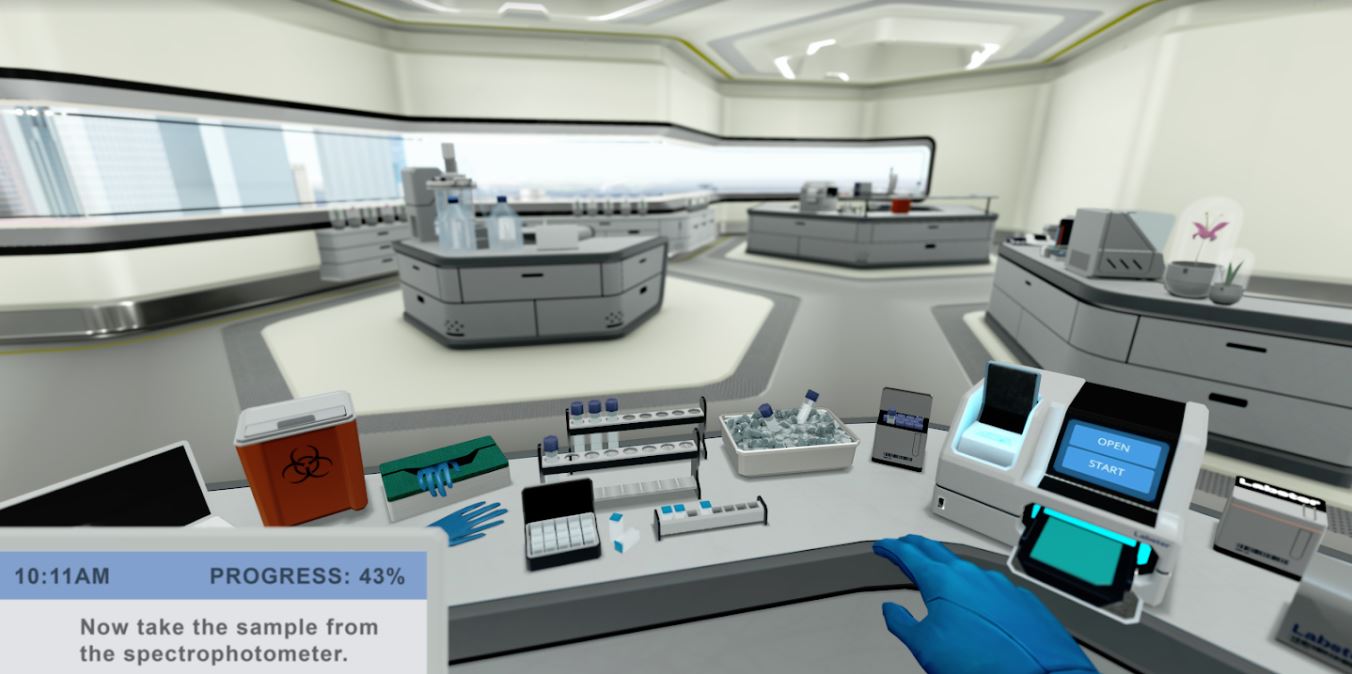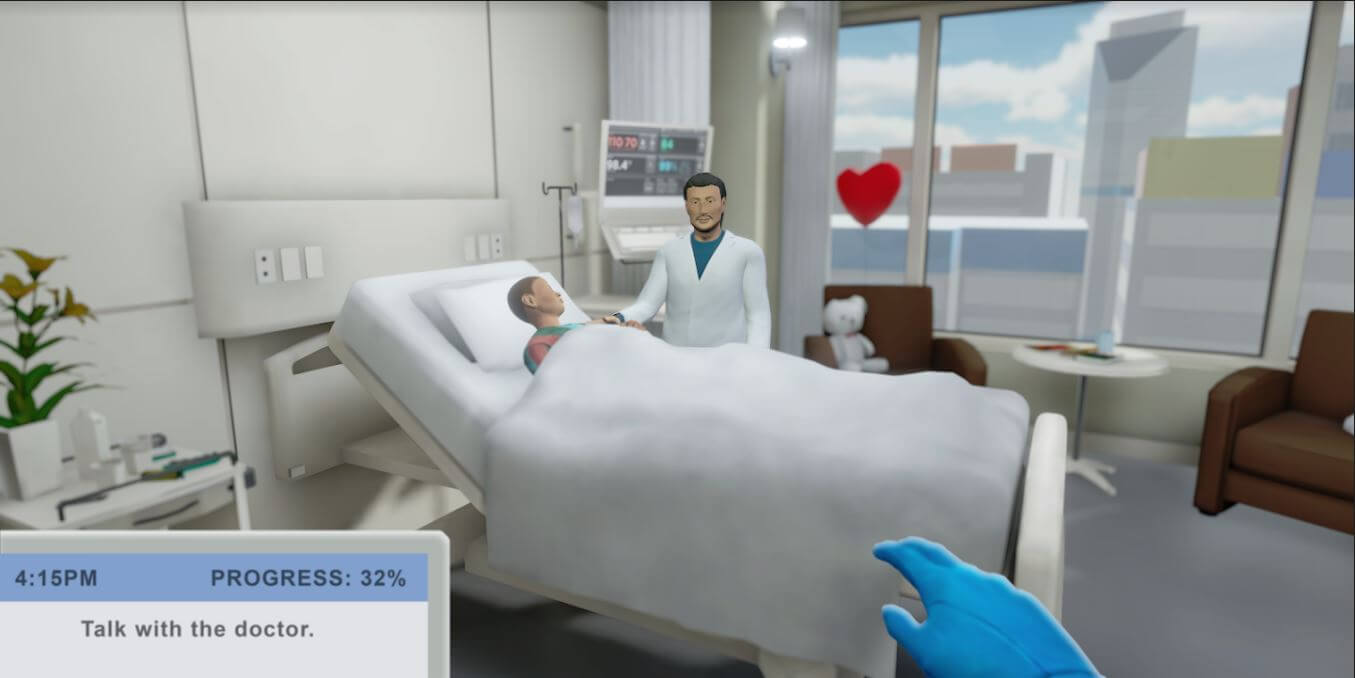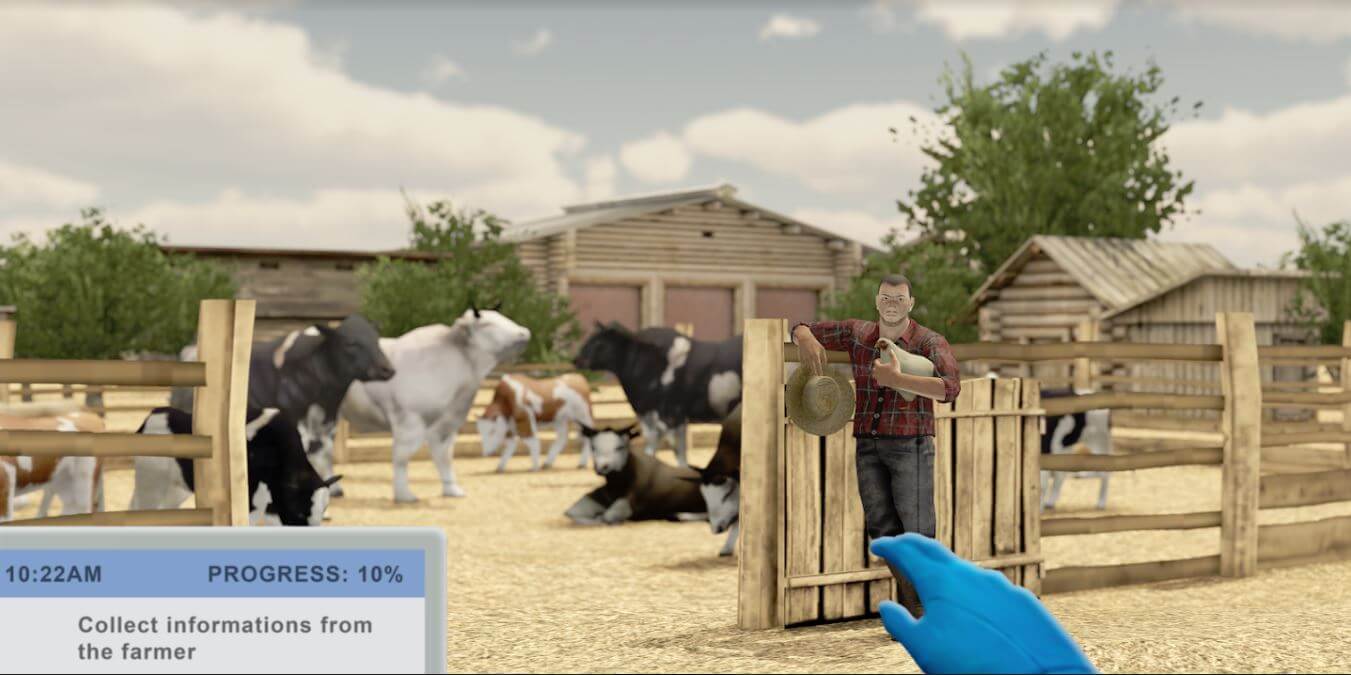BRINGING LEARNING ALIVE IN THE CLASSROOM
ZAYED UNIVERSITY
Imagine if we could bring Ivy League, billion-dollar, virtual laboratories to students all around the world… It may just be that one thing that empowers and inspires a whole new generation of bright, young scientists to innovate and change the world.”
Those were the words Labster co-founder Michael Bodekaer spoke just three short years ago at TEDxCERN.
Much has happened in those three years. Today, Labster provides virtual lab simulations to over 150 educational institutions worldwide.
But why virtual labs? Why not just continue to teach the way we have always done? What value do virtual labs add to science education, and what problems are we trying to solve with them?
Let’s start at the root of the problem.

A CONCERNING PROBLEM: THE STEM DEFICIT
It’s general knowledge, at this point, that STEM graduates are in short supply. Educational institutions are bursting with campaigns to get students more excited about math, engineering, and science classes. But why the urgency?
Estimates in 2012 predicted a need for 1 million more graduates with STEM degrees in the next decade than the current track will produce, in order for the US to be able to have a solid economy in the coming years. That’s 100,000 extra people entering STEM fields every year. With college enrollment decreasing, that’s a lofty goal.
In order to combat this insufficiency, more students need to pursue STEM degrees. But attracting and retaining students on STEM career paths is no easy feat, and traditional methods clearly haven’t been effective. In fact, only 40% of students who enter college intending to pursue a STEM track end up actually graduating with a STEM degree.
That means that more than half of students who were originally interested in STEM careers change their minds somewhere during the course of their education.
Increasing student excitement for STEM careers is vital to combat the growing deficit in competent graduates.
This is what led Labster co-founders Mads Bonde and Michael Bodekaer to form the company Labster in 2012 and create the first virtual labs with the goal of increasing student engagement in STEM learning.
WHAT IS A VIRTUAL LABORATORY AND HOW DOES IT ENGAGE STUDENTS?

Fast-forward 6 years and add vast amounts of research and development to the equation, and you’ll find the product that we today call virtual lab simulations.
Simply put, virtual labs are replications of real wet labs, available to the user through a desktop computer or a VR headset. Watch this video to get a clearer picture of what Labster VR is.
Virtual laboratories allow STEM students to experiment in million-dollar labs at a fraction of the cost of a wet lab. Saving costs is one core benefit of using online resources for teaching.
A virtual lab simulation includes true-to-life missions for students to complete, highlighting the connection between science and the real world. This makes virtual labs all the more engaging to students asking the inevitable question “what can I use this for in real life?”
The simulations also have 3D animations, quizzes and theory, helping students solidify their understanding of difficult concepts. In a virtual lab, a student can speed up time to see the results of experiments faster, go back in time to correct mistakes, and repeat experiments as many times as needed to fully understand the material. All of this makes Labster’s simulations a fun, engaging and effective way of learning science. In fact, studies have shown that students can learn twice as much with Labster.
Many of the institutions utilizing Labster today use the simulations to prepare their students for practical lab exercises, to consolidate students’ understanding of material after practicals, and to help them study for exams.
Aside from the benefits that virtual labs can bring to students, Labster also provides great benefit to teachers.
EMPOWERING THE NEXT GENERATION OF SCIENCE STUDENTS AND TEACHERS TO CHANGE THE WORLD
Virtual labs can empower teachers to become more effective and increase their impact, while reducing their workload over time.
This is made possible through the suite of tools available to educators using Labster. Virtual labs enable institutions to do everything from preparing students better for lab exercises, to taking entire degrees online. Because each institution has different needs depending on their capacity and availability of online labs, we tailor our solutions to each individual institution and lecturer’s needs.
Based on the needs of the educators we work with, Labster is working on enabling institutions to offer their science degrees online. This is a major new initiative at Labster, and we are now working with leading institutions around the world to further develop these online programs. The aim of this is to make it possible for more students to take a science degree, despite their geographical location, time constraints or financial limits.
We call this democratizing education.

ON A MISSION TO DEMOCRATIZE EDUCATION
At Labster, we consider the mission to democratize education as a main driver for what we do.
Democratizing education is about increasing access to education and providing great learning opportunities for as many students around the world as possible.
With Labster’s simulations, all users need is a computer or virtual reality headset and an internet connection to access STEM curricula. This makes it possible for remote students to learn from almost anywhere, and for working students to learn at any time.
The simulations provide a personalized and customized approach to learning, taking individual learning styles and speeds into account. In that way, Labster’s simulations offer students a unique opportunity to take their learning into their own hands, as they are able to learn on their own time, at their own pace, and in their own way.

Students can explore laboratories, do experiments, study theory, answer quiz questions and freely make mistakes without real-world consequences. Their teachers can simultaneously provide support and facilitate their development in order to motivate them to learn.
In other words, it’s about empowering the students to fulfill their own potential.
The ultimate goal of Labster is to empower students and teachers by inspiring them to think differently about when, where and how education takes place – ultimately revolutionizing the way we think about education.
As Labster grows and our product develops, we will continue to learn how we can best provide students and teachers with the best, most effective and most engaging way of learning science.
Learn more about how we are currently doing that by visiting our research page, or read about our latest addition to the Labster product family: Labster VR.

